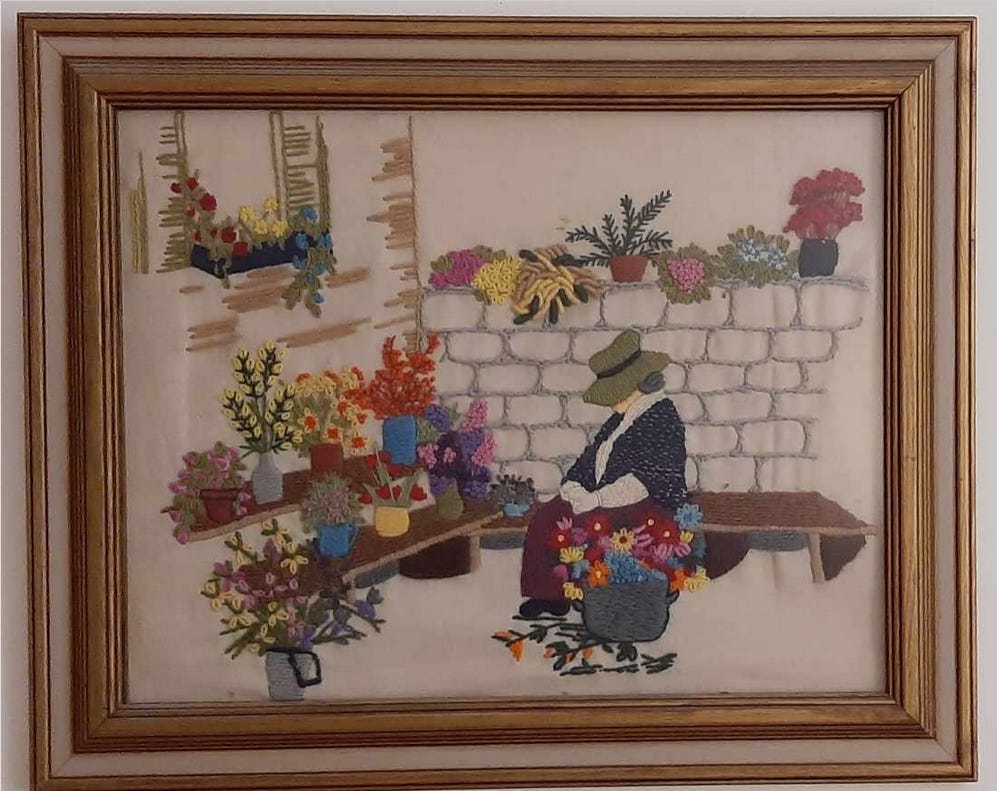You’ve put your family information on FamilySearch and then someone comes along and messes it all up. I’ve seen a lot of angry posts where the user swears to never use FamilySearch again, and I understand their frustration. It’s a problem and the developers at FamilySearch are working on ways to balance their goal of having a Family Tree connecting everyone in the world and our goal of protecting “my family.” But that would be another post.
So even if you hate the Family Tree, you should be using FamilySearch. For one, many entities in the United States and other countries have allowed FamilySearch to digitalize their records and make them available to researchers either at home or restricted to a FamilySearch Center or Affiliate. For example, the Massachusetts Archives website directs you to FamilySearch to access their older records. (See my YouTube video Why You Need to Sign Up for FamilySearch.)
The other feature you should consider using is Memories.
When I was a volunteer librarian for my local FamilySearch Center, a patron told me that she had inherited a large piece of furniture that her great-great-whatever had built. It was a beautiful piece, but the only family that had access to it were those who came to her home. I told her to photograph it. Take big pictures and close-up pictures of the details, everything you’d want to show someone, and then post them on FamilySearch under Memories so that everyone in the family can see the piece of furniture that was part of great-great-whatever’s story. (The photos should be tagged with the name of the ancestor. Another FamilySearch member pointed out that another researcher could come along and change the name on the tag. I’ve never had that happen and I’ve been with FamilySearch from the beginning and before that when it was individual software called Personal Ancestral File.)

Are you the keeper of the family papers? I am. In 2001 I got all the papers and photos from the estates of my grandmother and my mother-in-law. This was now the digital age and I scanned all my mother-in-law’s photos and made beautiful albums for the children which appear to have been misplaced so I put all the photos on FamilySearch. Anyone wondering about a photo, I point them there.
In 2014 I lost my sister and four months later my father. Their papers found their way to me. In my sister’s things, I found programs from musical presentations she’d been in when she was a teenager. I found programs from cat shows she’d entered. I had her yearbooks, her journals, and old letters. Because she never married, I knew her story would be forgotten. My children remember visiting her once or twice, my grandchildren have seen videos with her in them, but they don’t know anything about her.
So I wrote her story using initials for living individuals and posted it on FamilySearch under Memories.
And finally, I have this terrible scanned photo I found in my father’s papers. I contacted several people trying to verify the people in the picture, and I directed my contacts to the URL at FamilySearch. No one seemed to know, so I went with what my father had in his notes. Now, nine months after I sent my message, I got a message on Ancestry telling me she has the original photo and my tags are wrong. I’m still waiting for the corrections. Maybe she’ll even give me a better copy.
’s post Story Magic: Reframing Family History in Storytelling in Projects was the inspiration for this post. You can find it using the link and it is cross-posted on my homepage.






What you’re leaving for others is a true gift! I do the same on Ancestry, but I should consider doing it on the other places. One other thing that I’ve done is attach a written explanation for how I proved or disproved a fact for an ancestor. As you’ve said, there are so many inaccuracies, it’s important to “show your work” to help others researching a common ancestor.
I really like the idea of photographing keepsakes and sharing them via FamilySearch and other online trees.